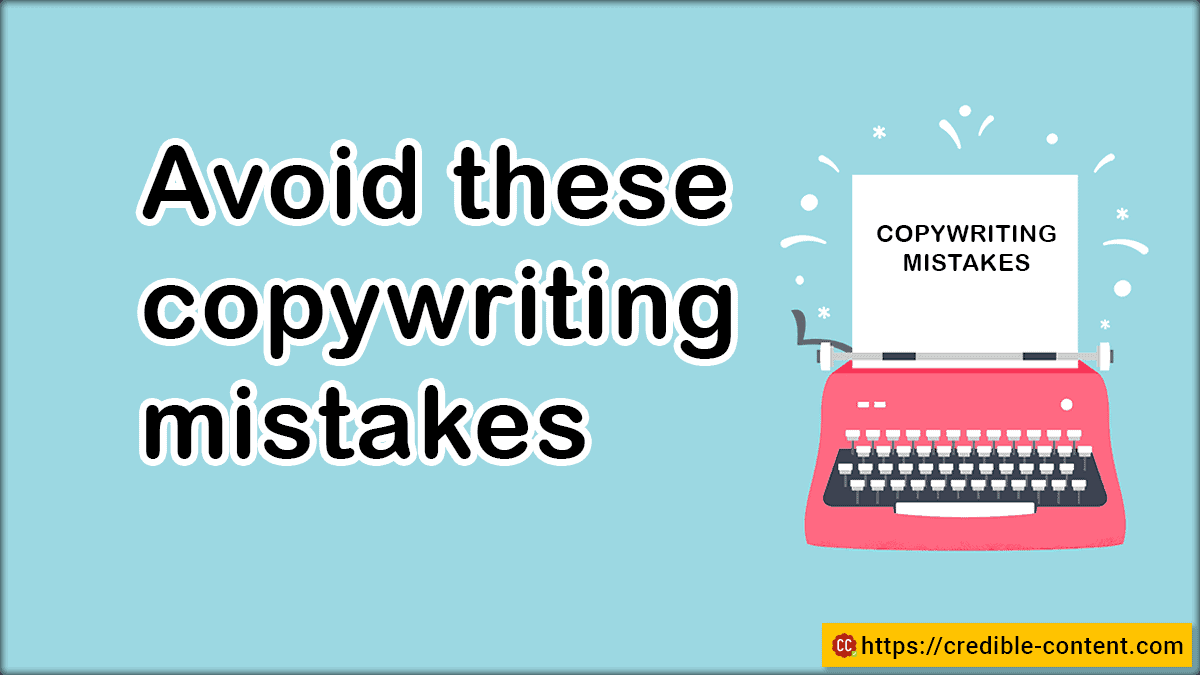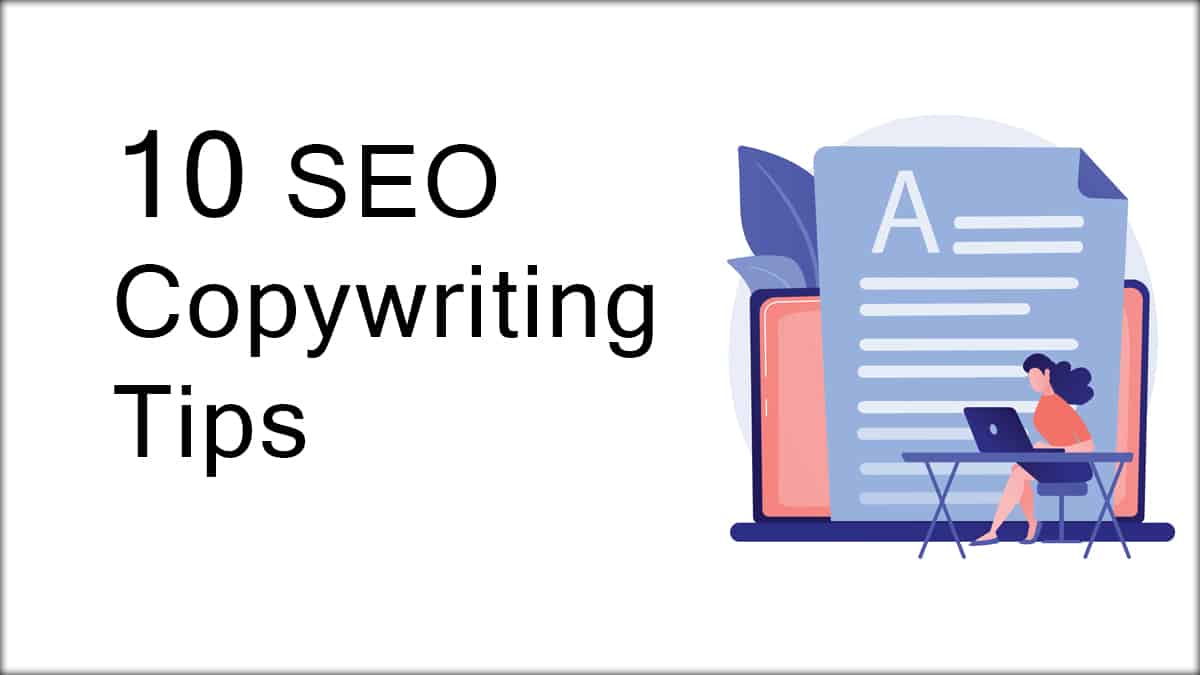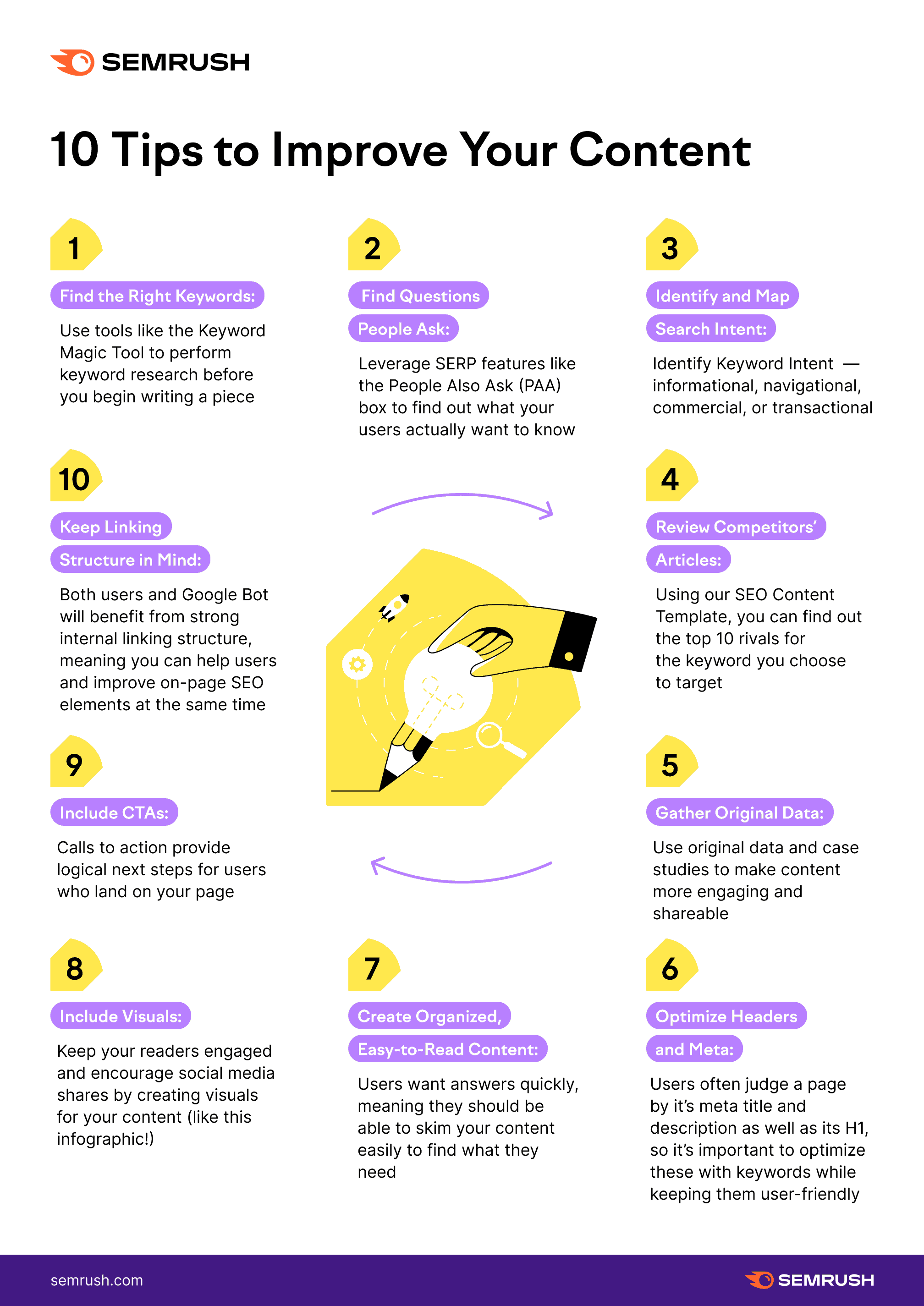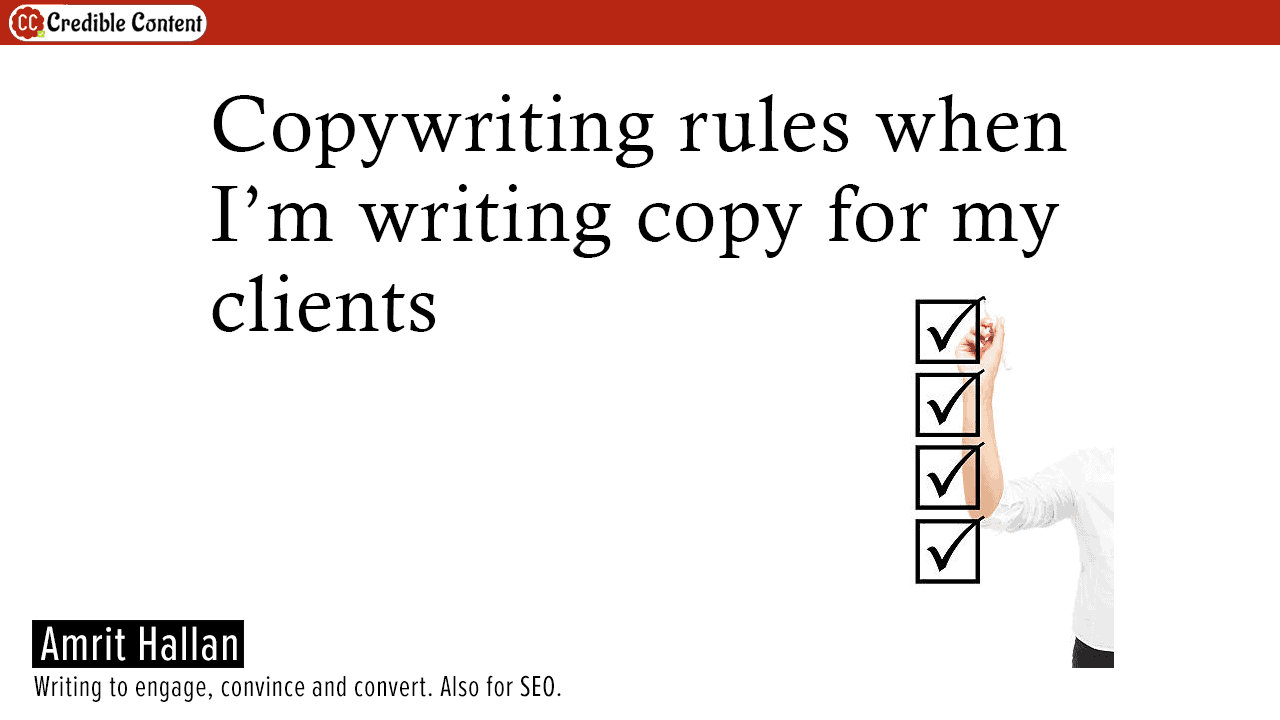When it comes to writing for the web, copywriting is slightly different from content writing. Though, many writers and digital marketers call content writing online copywriting, the tone of copywriting is a bit more aggressive and CTA-oriented.
You can write content without selling or promoting anything. In copywriting, in most of the cases you are promoting something whether it is a product, an action, or a cause.
No matter how experienced or “pro” a copywriter is, he or she may commit some common copywriting mistakes simply because he or she may be working on multiple assignments. It so happens that sometimes you get so engrossed in the process of writing that even the mistakes that you commit don’t seem like mistakes.
Forbes magazine has published a list of 15 common copywriting mistakes that even pro copywriter’s commit. These mistakes include
Typos in the subject line
Yes, they do happen. When doing email marketing your subject line is very important. It is your subject line that makes people open your email message. If it contains typos, it leaves a bad impression. The typos and spelling mistakes convey to the recipients that you don’t take them seriously enough to proofread this important part of your email.
Writing too much text – very long copy
Long copy works but in many cases it doesn’t. A pro copywriter should be able to find out by analyzing the audience whether a long copy would do or a shorter version. I don’t consider this a pro copywriting mistake because on many instances long copy is needed. You don’t have to go into every detail. You don’t have to write section after section, especially when you feel that you are being repetitive and, in the process, boring your readers.
Visual and text narrative don’t stand alone
What does that mean? As a copywriter these days you often need to mix different media including images, videos and text. In most of the cases the entire package is presented to the viewer, for example a Facebook ad.
But sometimes only text is shown, or only an image is shown, or the video part of your ad is shown. Does it spoil your entire marketing message? It shouldn’t. All the parts – image, video, and text, should be able to stand alone. They should be able to do their job without depending on each other.
Not expressing complex ideas simply
People don’t have time or patience to figure out complex things, especially when it comes to buying something. They want straightforward answers whether the offer you are making is going to solve their problem or not.
Albert Einstein famously said, “If you can’t explain it to a six-year-old, you don’t understand it yourself.”
Using unnecessary filler words
Filler words are something like “in order to achieve that”, whereas you can simply use “to achieve that”. Or, “he was actually nice” instead of “he was nice”. The advice is that if your writing makes good sense without these filler words, get rid of them.
Depending too much on the default spell check
Your spell checker does the grunt work. All those curly red lines immediately tell you if you have typos or spelling mistakes in your copy. Even the bluish underlines these days highlight structural anomalies and grammatical oversights.
For example, if you have typed “your” instead of “you are”, your spell check won’t highlight that. If you type “their” instead of “there” your spell check may miss that. It won’t even differentiate between “everyday” and “every day”.
Complexity may impress some people, but not many. Most people are intimidated by it. When you are writing copy your purpose is not to intimidate people or to demonstrate how smart you are. Your purpose is to promote or sell the idea or the product.
Missing the main point
This is also a common copywriting error committed by even the pros. They get so carried away by the nitty-gritty of the copy that they miss the main point. Why are you writing the copy? What do you want people to do? What is the most important point that you want to convey, and you don’t want to miss conveying? Which is the thing that if you don’t mention will defeat the entire purpose of writing your copy?
Hence, it is important to write your main headline and then the sub-headline in the beginning itself, and then prepare the entire copy based on them.
Not understanding the audience
You most know whom you are writing for? If you misunderstand your audience, you don’t write effective copy. Be clear who your target audience is. What are they looking for and how do you offer what they are looking for? What information do they need to make up their minds? What is holding them back from doing business with you and how do you allay their fears?
Ignoring the right benefits
Some copywriters get so carried away by the features of the product or service they are writing about that they don’t mention the benefits.
What’s the difference between features and benefits? The feature of a mobile phone might be that it gives you 200 GB of memory space. The benefit is that you can store thousands of photographs and hundreds of videos without having to delete your data.
Some people find features appealing and some benefits. You need to strike a balance but when it comes to giving preference, when writing copy, give preference to benefits rather than features.
Ignoring search engine optimization
Many pro copywriters commit this common mistake when writing for the web. SEO copywriting is a complete branch in itself. When you are writing a blog post or a web page getting targeted search engine traffic is quite important.
Use appropriate keywords. Create the title of the web page that resonates with your keywords in the main copy. Use a headline, preferably having your main keyword. Strategically use the keywords throughout your copy. Use headings and subheadings.
Presenting too much detail
Another common pro copywriting mistake. Most of the people these days don’t have time to read 500-600 words. Long copy works in some instances but otherwise, keep it as short as possible. Remove extraneous sentences. Get rid of irrelevant expressions. Make sure you are not repeating what you have already said.
There are a couple of more points in the original blog post but they are repetitions so I’m wrapping up with these points.






